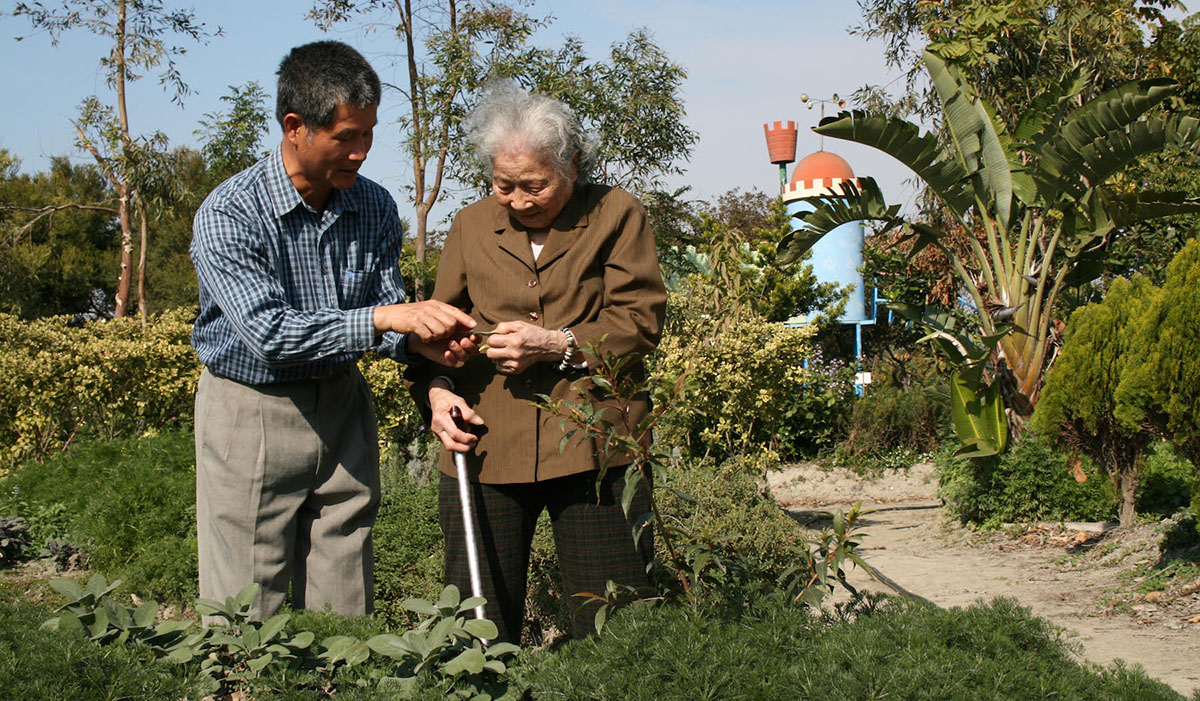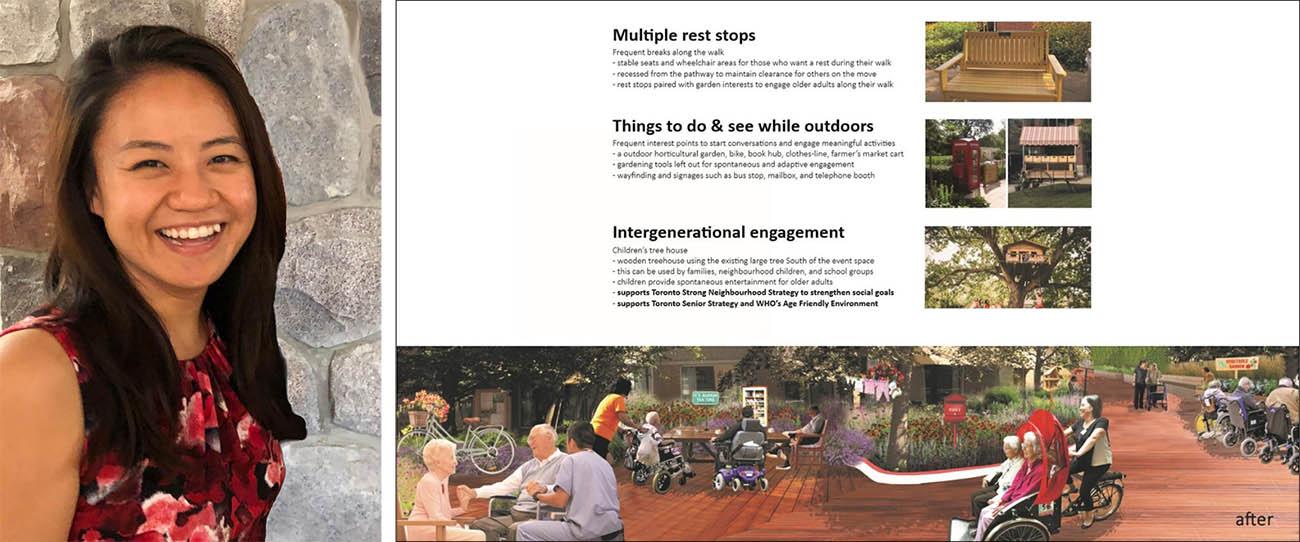
Landscape Architect Peggy Chi Creates Enabling Environments for Older Adults
As Canada grapples with a demographic shift due to a growing aging population, landscape architects are at the forefront of a transformation to support the unique needs of older generations. Innovative designs and research-driven initiatives are in demand to shape the future of Canadian cities and communities.
In the pursuit of age-friendly environments, Canadian landscape architects like Dr. Peggy Chi, a Full member of the Ontario Association of Landscape Architects (OALA), are emphasizing the importance of creating supportive spaces for older adults.
Dr. Chi’s focus is to bridge the gap between research and practice to revolutionize the concept of age-friendly spaces that promote the health and well-being of the aging population.
Dr. Chi’s journey into the world of landscape architecture is a testament to the multidisciplinary nature of the field. She started in the field of architectural design and became a LEED Accredited Professional. During this time, she developed a deep understanding of the built environment’s impact on ecology. It was this understanding that pushed her to pursue a Master of Landscape Architecture degree, with a focus on enhancing environmental, ecological, and social health.
A lifelong learner passionate about education, Dr. Chi’s quest did not stop there. She grew fascinated with the realm of environmental determinants of health, leading her to embark on a Ph.D. journey at the University of Toronto’s Institute of Health Policy, Management and Evaluation. Her doctoral research explored the connection between landscape and the mental health and well-being of older adults and healthcare staff in long-term care homes.
When asked about the motivation behind her extensive research, Dr. Chi emphasized the imminent need to address the challenges posed by Canada’s rapidly growing aging population. “We need age-friendly, age-appropriate, and age-supportive environments now,” she explained. With one in five Canadians aged 65 or older expected to become one in four by 2035, the call for age-friendly spaces becomes increasingly urgent.

Dr. Chi’s work transcends traditional disciplinary boundaries by blending the methodologies and knowledge from both landscape architecture and health services research. She urges a holistic approach, informed by research evidence, to create environments that cater to the diverse physical and cognitive abilities of older adults.
She revealed that her research in long-term care homes focused on several mental health and well-being indicators, such as older adults’ responsive behaviour, depression, and social engagement, and healthcare staff’s stress at work, burnout, and turnover intention. Dr. Chi’s overarching goal was to contribute to creating better living and working environments within these care homes.
The knowledge Dr. Chi built in her research led her to believe that landscape plays a pivotal role in long-term care homes. “Unrestricted physical access to designated outdoor landscapes and deliberate planned use of these spaces are the most important design elements,” she said.
Her findings highlighted that older adults benefit from the ability to freely access these spaces, which were linked with less responsive behaviour among those living with dementia. “Elements like biodiversity in planting, a mix of sunny and shady areas, flat and looped walkways, and ample seating areas are essential to create a comfortable microclimate that encourages their use,” Dr. Chi explained.
Dr. Chi also elaborated on the inviting and functional elements she believes should be incorporated into older adult spaces, including familiar plants, unique features that encourage engagement and purpose, well-maintained walkways with no trip hazards, rest areas that cater to various physical abilities, and sturdy seats with backs, armrests, and some weight that is sturdy yet easily moveable. Her research suggests these factors make spaces appealing and functional for older adults.
Speaking about the complexity of designing for older adults, Dr. Chi recognized the diversity within this population. “Older adults can be grouped into young, middle, and old, and their abilities and preferences vary broadly,” she said.
A landscape architect also makes a point to value inclusivity, emphasizing the importance of involving older adults and their caregivers in the design process. By understanding their needs and preferences, it becomes possible to create environments that provide a sense of purpose and ownership. “The emphasis is on creating synergy to achieve complementary goals across disciplines and within unique communities to advance the cause of age-friendly environments,” she said.
Companies like Yards Unlimited put this philosophy into practice by designing thoughtful, accessible outdoor spaces, including beautiful front yard landscaping in Ottawa that’s tailored to the needs of every household.
Dr. Chi urges all Canadians to consider the power of enabling and empowering environments for older adults, which are proportional to their overall well-being. In a world where many surroundings can disempower more senior members of the community, her work and collaboration with multidisciplinary teams offers a newfound hope for a future where age-friendly spaces become the norm. “Our environments are determinants of our health,” Dr. Chi emphasized. “We hope to provide a high quality of life for all citizens, regardless of age.”








